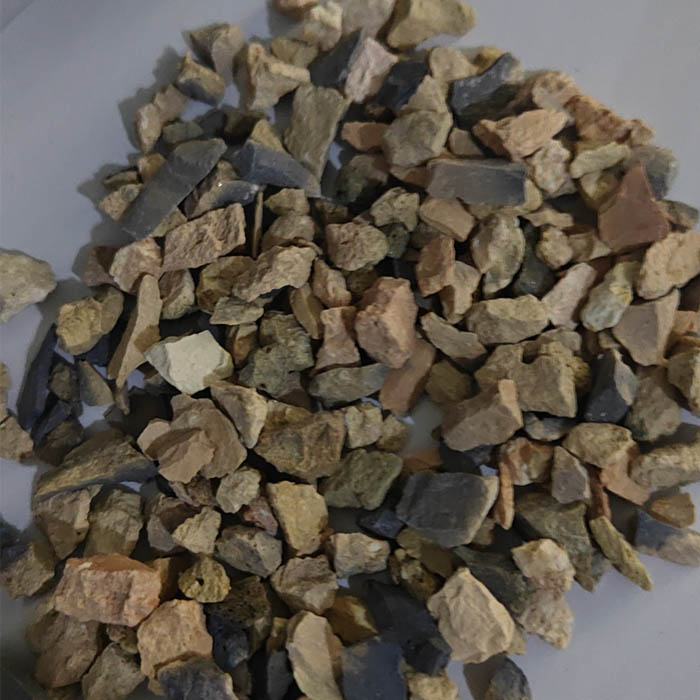Jul . 26, 2024 15:02 Back to list
Exporting Insulation Solutions for Steam Pipes to Enhance Energy Efficiency and Reduce Heat Loss
Insulation Material for Steam Pipes An Overview for Exporters
In today's industrial landscape, the management of thermal energy plays a critical role in ensuring efficiency and cost-effectiveness. One of the essential components in this domain is the insulation of steam pipes. As industries increasingly seek to optimize their thermal systems, the demand for high-quality insulation materials for steam pipes continues to rise. This article explores the various types of insulation materials available, the importance of proper insulation, and key considerations for exporters in this niche market.
Types of Insulation Materials
The choice of insulation material for steam pipes depends on several factors, including temperature requirements, environmental conditions, and budget constraints. Some commonly used insulation materials include
1. Fiberglass Insulation This lightweight material is known for its excellent thermal resistance and is widely used for steam pipe insulation in various industries. Fiberglass is cost-effective and can withstand temperatures up to approximately 400°F (204°C).
2. Mineral Wool Comprising spun fibers made from rock or slag, mineral wool offers exceptional thermal and acoustic properties. It can endure higher temperatures, often exceeding 1,200°F (649°C), making it suitable for high-temperature applications.
3. Foam Insulation Rigid foam insulation, typically made from polyurethane or polystyrene, is effective at reducing thermal losses. Its moisture-resistant properties make it an ideal choice for environments where condensation may be a concern.
4. Calcium Silicate This type of insulation is designed for high-temperature applications. With a temperature rating that can reach up to 1,200°F, calcium silicate is excellent for industrial steam systems and is fire-resistant.
5. Ceramic Fiber Known for its high-performance capabilities, ceramic fiber is often used in high-temperature industrial applications. It can withstand extreme heat, providing both thermal insulation and safety from fire hazards.
Importance of Proper Insulation
The insulation of steam pipes is not merely a matter of energy efficiency; it also has profound implications for safety, operational efficiency, and maintenance. Proper insulation minimizes heat loss, ensuring that steam retains its energy as it travels through pipes. This translates to reduced fuel consumption and lower operating costs.
insulation material for steam pipes exporters

Additionally, well-insulated steam pipes prevent the formation of condensation on the pipe surface, which can lead to corrosion and structural damage. Furthermore, insulation helps maintain the integrity of the steam at the desired temperature, ensuring process efficiency and product quality.
Key Considerations for Exporters
For exporters dealing with insulation materials for steam pipes, several considerations must be taken into account to remain competitive in the global market
1. Quality Certifications Ensure that the insulation materials meet international quality and safety standards. Certifications such as ASTM or ISO can provide assurance to clients regarding product reliability.
2. Customization Different industries have varied requirements. Offering customized solutions tailored to specific industrial needs can provide a competitive edge.
3. Market Research Understanding regional market demands, including prevalent insulation types and emerging trends, is crucial. Some regions may prioritize eco-friendly materials, while others focus on cost-effectiveness.
4. Logistics and Compliance Navigating international shipping regulations, tariffs, and compliance standards can be challenging. Establishing reliable logistics and understanding regulatory frameworks in target markets is vital.
5. Sustainability With a global trend toward sustainability, incorporating eco-friendly materials and practices can enhance brand reputation and meet the rising demand for sustainable products.
Conclusion
As industries continue to enhance efficiency and reduce energy costs, the demand for high-quality insulation materials for steam pipes remains robust. Exporters in this field must stay abreast of market trends, maintain high product standards, and understand the dynamics of international trade to succeed. By prioritizing quality, customization, and sustainability, exporters can carve out a niche in this vital segment of the industrial market.
-
Eco-Friendly Granule Covering Agent | Dust & Caking Control
NewsAug.06,2025
-
Fe-C Composite Pellets for BOF: High-Efficiency & Cost-Saving
NewsAug.05,2025
-
Premium Tundish Covering Agents Exporters | High Purity
NewsAug.04,2025
-
Fe-C Composite Pellets for BOF | Efficient & Economical
NewsAug.03,2025
-
Top Tundish Covering Agent Exporters | Premium Quality Solutions
NewsAug.02,2025
-
First Bauxite Exporters | AI-Optimized Supply
NewsAug.01,2025
